What makes the MARCOS stand out among the globe’s elite forces? These commandos, often likened to the US Navy SEALs and British SAS, form the Indian Navy’s backbone in special operations. Established in 1987, MARCOS, or the Marine Commandos, remain unmatched in their versatility across amphibious warfare, coastal defense, and maritime security. This article delves into their unique capabilities and their crucial role in India’s defense strategy, ultimately answering why they continue to command respect and fear worldwide. Get ready for a deep dive into their establishment, roles, and reputation on the international stage.
Historical Missions of MARCOS
The historical missions undertaken by MARCOS have not only cemented their status as an elite force but also demonstrated their strategic importance in India’s military operations. These missions showcase their adaptability and effectiveness in a variety of challenging environments, highlighting why they are considered one of the premier special forces units globally.
Operation Cactus
What was MARCOS’s role in Operation Cactus? MARCOS played a pivotal role in thwarting a coup attempt in the Maldives in 1988. When a group of mercenaries attempted to overthrow the Maldivian government, MARCOS was swiftly deployed to restore order. Their rapid response and effective execution were crucial in retaking control and stabilizing the situation, earning them international acclaim for their decisive action.
Operation Pawan
How did MARCOS contribute to Operation Pawan? During the Indian Peacekeeping Force’s mission in Sri Lanka from 1987 to 1990, MARCOS conducted amphibious raids and provided critical intelligence support. They were instrumental in combating the LTTE insurgents, executing covert operations that disrupted the insurgents’ supply lines. Their contribution was vital in maintaining pressure on the insurgents and supporting broader peacekeeping objectives.
Operation Black Tornado
How did MARCOS respond during the Mumbai attacks in 2008? MARCOS was integral to the response effort during the 2008 Mumbai attacks, known as Operation Black Tornado. They were among the first responders at the Taj Mahal Palace Hotel, engaging terrorists and rescuing hostages. Despite the complexities and dangers of urban combat, MARCOS’s bravery and tactical skills were pivotal in neutralizing the threat and minimizing further casualties.
The impact of these missions on MARCOS’s reputation is profound. Each operation exemplifies their commitment to excellence and readiness to face diverse threats, reinforcing their status as a formidable force in the Indian Navy. Their success in these missions has solidified their legacy and continues to inspire confidence in their capabilities both within India and on the international stage.
Equipment and Technology of MARCOS
Advanced weaponry and gear are crucial in MARCOS operations. These tools enhance their effectiveness and tactical versatility across diverse environments. The ability to adapt quickly in dynamic scenarios is largely supported by their state-of-the-art equipment, which includes specialized weapons designed for underwater, land, and air missions. This technological edge allows MARCOS operatives to maintain a strategic advantage, ensuring mission success in high-stakes situations.
The specific weapons used by MARCOS include the APS underwater assault rifle, ideal for stealthy underwater engagements, and the Carl-Gustaf recoilless rifle, known for its effectiveness against armored threats. The IWI Tavor TAR-21 serves as a versatile assault rifle suitable for various combat scenarios, while the Heckler & Koch MP5 is favored for close-quarter battles. Each weapon is selected for its specific application, enabling MARCOS to execute missions with precision and adaptability.
| Weapon | Purpose |
|---|---|
| APS Underwater Assault Rifle | Stealth operations under water |
| Carl-Gustaf Recoilless Rifle | Engaging armored targets |
| IWI Tavor TAR-21 | Versatile assault operations |
| Heckler & Koch MP5 | Close-quarter combat |
Final Words
India’s MARCOS, known as the Fearless Frogmen of the Indian Navy, epitomize elite military capability. Established in 1987 for specialized maritime operations, their skills span from amphibious warfare to counter-terrorism. Their legacy is marked by successful operations such as Operation Pawan and the 2008 Mumbai attacks, showcasing exceptional versatility.
The rigorous training and advanced equipment they employ reflect their unparalleled expertise. Playing a critical role in India’s national security, MARCOS has garnered international respect for its strategic impact. These aspects affirm their stature as a premier unit in global maritime defense.
FAQ
Q: What is the salary of a MARCOS commando?
A: MARCOS commandos earn differing salaries based on rank and experience, with estimates ranging from $800 to $1,600 monthly, alongside allowances specific to special operations forces in India.
Q: How is MARCOS ranked in the global special forces community?
A: MARCOS is highly regarded globally, often compared to U.S. Navy SEALs and British SAS, due to their versatility and expertise in amphibious and maritime operations.
Q: What does MARCOS stand for?
A: MARCOS stands for Marine Commandos, a unit of the Indian Navy known for amphibious warfare and maritime security.
Q: Who are the top 10 commandos in India?
A: The top Indian commando units include MARCOS, Para SF, NSG, Garud Commando Force, COBRA, Ghatak Force, Force One, Special Frontier Force, National Security Guards, and Army Aviation Corps.
Q: What makes MARCOS part of India’s special forces?
A: MARCOS is an elite naval unit specializing in amphibious warfare, coastal defense, and counter-terrorism, equipped for operations in diverse maritime environments.
Q: How does MARCOS training compare to Para SF training?
A: Both undergo rigorous selection and training, yet MARCOS focuses on maritime environments with specialized skills in combat diving and underwater operations, whereas Para SF emphasizes airborne and land combat operations.
